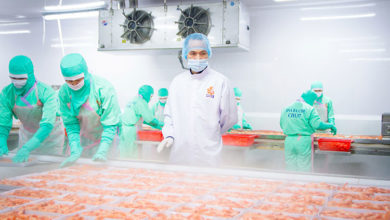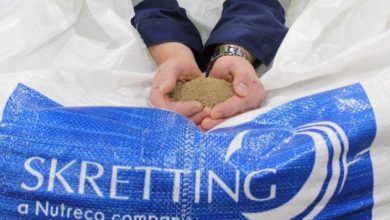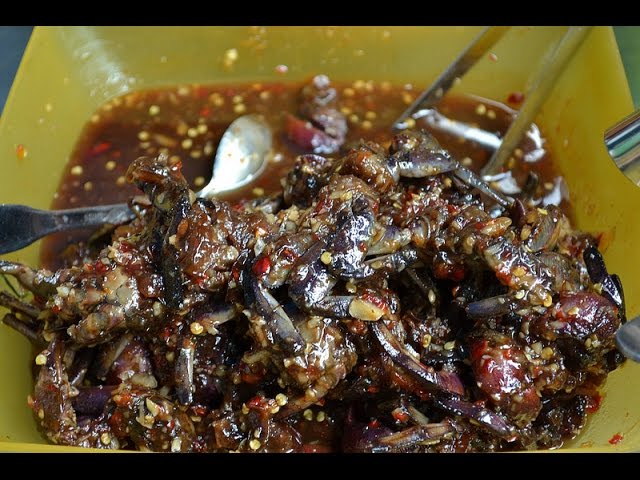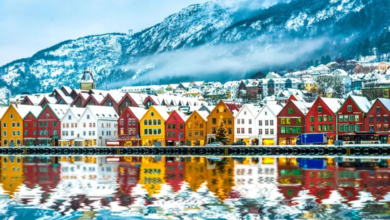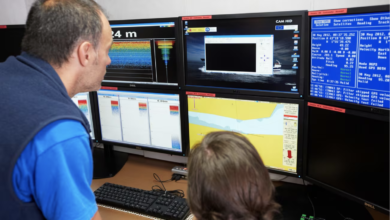Bạc Liêu: super-intensive shrimp farming to reduce risks
Bạc Liêu authorities encourage local farmers to develop super-intensive shrimp farms to cope with unfavorable weather conditions, disease outbreaks, and reduce production costs.
Besides, this model helps reduce risks and form a supply chain to sell products, encouraging local farmers to invest into shrimp farms safely and sustainably.
According to statistics by Bạc Liêu’s department of Agriculture and Rural Development, the province has 140,000ha of shrimp farm, with more than 1,800ha of super-intensive model which is highlighted by a round inland pond with survival rate reaching 70-90%. This practice helps reduce the amount of infectious agents from river and channel penetrating the grow-out pond through water pump, or discharge wastewater into the environment, reducing negative environmental concerns.
Super-intensive shrimp farming practice is considered a breakthrough in high yield thanks to advanced technology. The area of super-intensive shrimp farms in Cà Mau continues to expand.
In July, an additional 10ha-area was used for super-intensive shrimp farming as compared to the previous months, leaving a total of 2,739ha of super-intensive shrimp farms in the province, up by 13.3% from the same period last year.
Farmer Phạm Tiến Thành in Thành Công hamlet, Hoà Bình district has three inland ponds of white leg shrimp, 500 m² each, and has just harvested the third crop of the year.
He said that the last crop was conducted in three phases, with an average stocking density of 150 heads/m², shrimps weighed up to the size 52 heads/kg after 70 days and were sold at 95,000 dong/kg, down 25,000-30,000 dong/kg from the previous month. He earned not much money.
In Thành’s opinion, a round inland pond costs much in the first place as this practice requires high technology with 4 crops per year. On the other hand, it reduces other production costs such as manpower, electricity and helps manage water resources and take care of shrimps easily. The productivity increased by 30-35% compared to traditional practices with earthen ponds.
VFM


